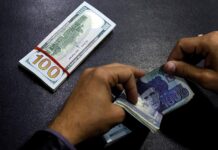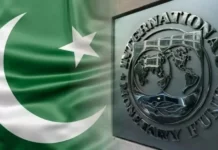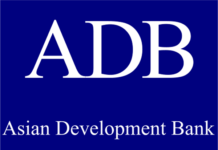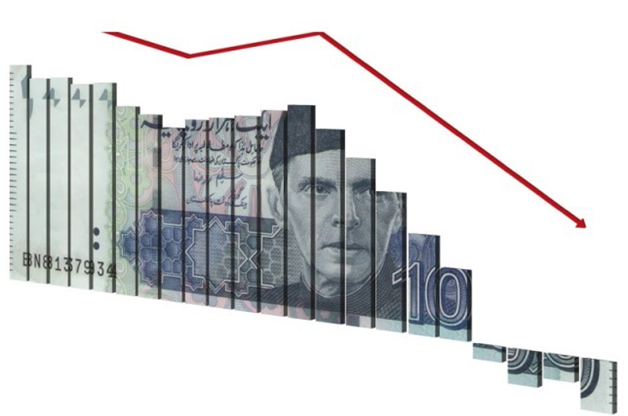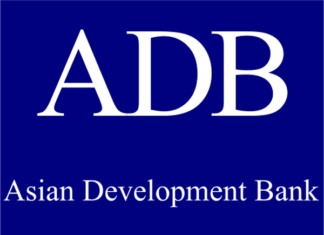KARACHI: As Pakistan struggles to negotiate a bailout from IMF and sees an overnight fall in the rupee, another grave problem in the background is its credit rating. Moody Investment Services has downgraded Pakistan’s credit rating to Caa3, the lowest in three decades.
“In the current extremely fragile balance of payments situation, disbursements may not be secured in time to avoid a default,” the global rating agency said in a statement on Tuesday. Similarly, looking at the data of the first six months of FY 2022-2023, Pakistan’s ability to generate foreign loans shrank significantly up to 50% compared to the same period of the last financial year mainly because of stalled IMF programme.
Just before the commencement of the last budget, the government sought a deal of $22.8 billion but the actual disbursement of dollar inflow remained low. The inflow of commercial loans also declined to a meagre $200 million compared to $2.62 billion in the same period last year. There is no surprise that Pakistan is going through a severe liquidity crunch, and the IMF staff-level agreement still sees no resolution.
In such a situation, it’s important to understand what brought Pakistan to its heels in the last year. Profit reached out to Javed Hassan, macroeconomist and investment banker, who explained Pakistan’s non-accessibility to the credit market is a major reason for the liquidity crisis. “Although Pakistan has been surviving on debts for the last two decades, situation has gotten a lot worse since it lost access to the credit market following the political instability due to a vote of no confidence,” he said.
Political instability of last year broke the trust of bilateral countries to give loans and invest, delayed negotiation with the Fund, and essentially reduced the confidence in Pakistan’s economy. The loans taken from 2013 onwards under two regimes, amounting to almost $60 billion, also reach maturity. So there has been a lot of outflow in form of servicing or repayment, but not enough inflow.
“But this is an opportunity to rebuild the house,” says Hassan, while suggesting restructuring. Debt restructuring essentially means an admission with all the bilateral lenders that the borrower can not repay the debt. It calls for either reprofiling the debt (delaying the maturity period), reducing the rate of interest or reducing the overall principal amount. Historically, a lot of countries have done such as Mexico, Ghana, Sri Lanka and even Pakistan in 2003. This calls for equal treatment with everyone, including China, Paris Club, and Arab countries. The conditions set for the proportion of debt to be repaid or negotiated are similar.
However, mutual borrowers such as the IMF and World Bank are not included in debt restructuring. In fact, these lenders help make a debt sustainability analysis, which decides the nature of debt restructuring: from strictly preemptive debt restructuring, starting negotiation for reductions while making the payments, to full declaration of default. In return, the creditors ask for a guarantee of following the sustainability plan in form of reducing subsidies, and inefficiencies to see that the borrower country will stand at a point where to promise to in a set number of years.
“Pakistan has reached beyond the stage of strictly preemptive debt restructuring, unfortunately, but it can still settle for something else,” pointed Hassan. Such a condition sets tough conditions for the country, similar to what Pakistan is currently witnessing, but promises support from IMF in helping in revival.


